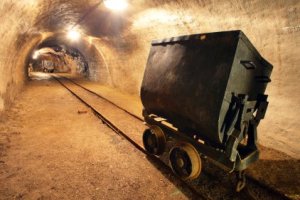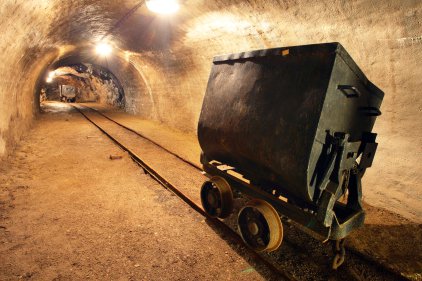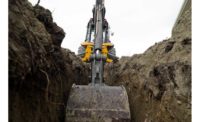 A recent increase in mining deaths prompted the Mine Safety and Health Administration (MSHA) to convene a meeting of mine industry stakeholders last week at agency headquarters in Arlington, Va. Assistant Secretary Joseph Main and his staff discussed in detail the 19 metal and nonmetal mining fatalities that have occurred since October 2013.
A recent increase in mining deaths prompted the Mine Safety and Health Administration (MSHA) to convene a meeting of mine industry stakeholders last week at agency headquarters in Arlington, Va. Assistant Secretary Joseph Main and his staff discussed in detail the 19 metal and nonmetal mining fatalities that have occurred since October 2013.
"Mine operators need to reevaluate the quality of the training miners are receiving and their examinations of miners' work places because they appear to be lacking," said Main. "MSHA will be paying close attention to these deficiencies, as well as the types of hazards and conditions that have led to these deaths, during mine inspections."
During the first quarter of 2014 in metal and nonmetal mining, two miners were killed by falling/sliding materials: A 50-year-old supervisor died at a sand and gravel mine when an 80-foot-high embankment failed and engulfed him, and a 64-year-old foreman when struck by a section of pipe. The third victim, a 34-year-old contract laborer, died after stepping into an open elevator shaft from the fourth floor landing. The fourth victim was killed in a powered haulage accident, when the 56-year-old belt operator at an iron ore mine became entangled in a belt conveyor. The fifth victim, a 27-year-old contractor mechanic, was repairing a hydraulic pump at a crushed limestone operation when he fell from a walkway and hit his head on the ground.
| A 41-year-old mechanic trainee died while working on a belt conveyor feeder, when he was pinned between the crawler track and the frame of the feeder. |
In coal mining, two miners were killed in machinery accidents: A 24-year-old continuous mining machine operator died after he was pinned between machinery and the coal rib; and a 41-year-old mechanic trainee died while working on a belt conveyor feeder, when he was pinned between the crawler track and the frame of the feeder. The third coal mining victim, a 20-year-old laborer, died in a powered haulage accident when he was struck by a feeder.
During a special summit with stakeholders today, MSHA provided more detailed information on the 19 deaths at metal and nonmetal mines since 2013. The deaths have occurred at crushed stone, sand and gravel, silver, cement, lime, gold, granite, clay and iron ore mining operations in 12 states across the country. Six deaths occurred at underground mines and 13 at surface mines.
“Mine operators need to reevaluate the quality of the training miners are receiving and their examinations of miners’ work places because they appear to be lacking,” said Main. “MSHA will be paying close attention to these deficiencies, as well as the types of hazards and conditions that have led to these deaths, during mine inspections.”
Details on the mining deaths presented at the summit can be found at the following links:
http://www.msha.gov/fatals/summaries/2014/q1/PPT.pdf
http://www.msha.gov/Fatals/Summaries/2014/Q1/Coal.pdf
http://www.msha.gov/Fatals/Summaries/2014/Q1/MNM.pdf






